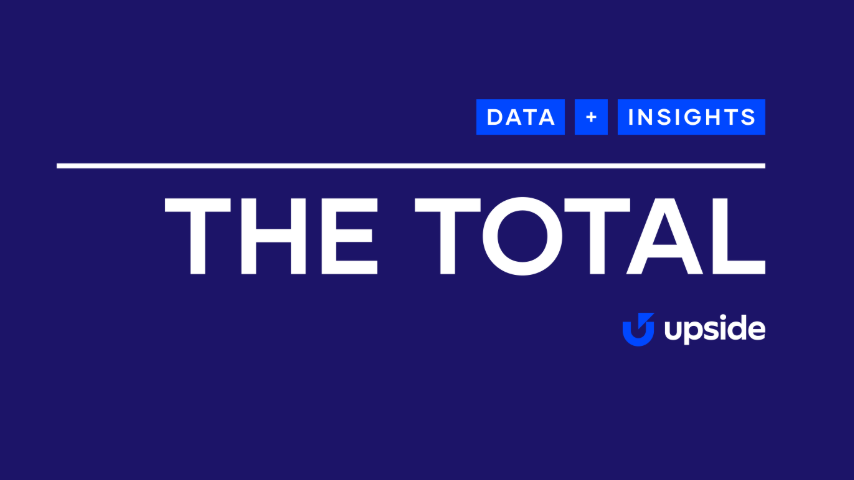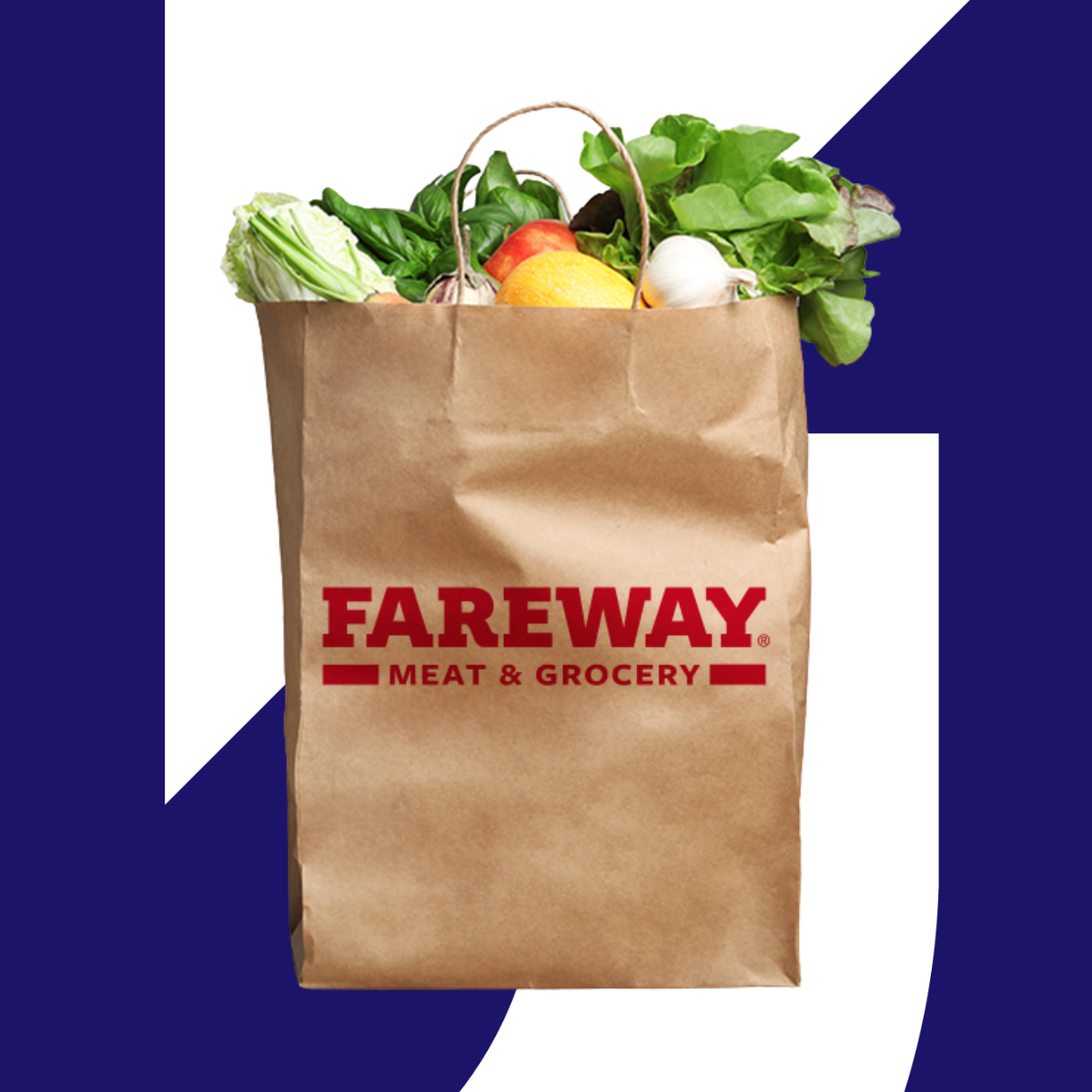Grow your restaurant business with data-driven customer acquisition

The Upside Team
Restaurant owners spend thousands on marketing that can't prove it brings in new customers. You run promotions, but half your "new" customers would have visited anyway. The real challenge isn't getting more customers — it's pulling customers away from competitors.
Most restaurant marketing fails because it doesn't distinguish between the customer bases you earned and those you would have gotten anyway. To increase restaurant sales, you need acquisition strategies that target people who haven't tried your restaurant and are not already planning to visit. When you can prove which customers represent actual growth versus shifted timing, you stop subsidizing sales that would happen anyway.
Choose restaurant marketing software that integrates with your systems and only charges for new customers.

Personalized promotions that drive incremental revenue
Your current promotions probably attract two types of customers: people who were already coming, and people hunting for deals. Neither group grows your business profitably. You need promotions that reach people who match your customer profile but haven't visited your restaurant.
Cash-back offers work differently from discounts. Instead of reducing your prices to attract bargain hunters, customers get cash back after they spend full price — and you only pay when those tickets represent genuinely new business. This approach attracts hungry customers based on value, not desperation for cheaper meals.
Test different customer acquisition styles to find the best restaurant marketing strategy that proves incremental growth.
How personalized cash-back offers complement your current programs
You already have loyalty programs for repeat customers and social media for brand awareness. Cash-back offers reach all nearby diners, with higher incentives for people eating at competitors and smaller offers for your regulars. Your existing programs engage current customers, while cash-back brings in business you wouldn't have gotten otherwise.
Targeting first-time visitors is the smartest way to increase restaurant sales without cutting your profits.
Measuring true incremental impact vs. attribution
Most marketing claims credit for customers who were coming anyway. You run a promotion and see more sales, but how many people would have visited without the deal? Without a control group, you can't tell the difference between customers you earned and customers you just happened to get.
The test vs. control methodology splits similar customers into two groups — one gets the offer, one doesn't. The difference in visit rates shows exactly which customers represent actual growth. There is no guessing, no inflated success stories, just proof of what worked.
Acquiring new customers without cannibalizing existing revenue
Restaurant partners often offer discounts for people who were already planning to visit. A 20% off promotion might bring in additional diners, but it also discounts meals for people who would have paid full price. The key is targeting promotions to customers who need an incentive to choose your restaurant.
The goal is to reach customers who rarely visit but could come more often with the right incentive, plus people who haven't tried your restaurant yet.
Test vs. control methodology for restaurant growth
Here's how you know if your marketing works: split similar customers into two groups. One group gets your offer, the other doesn't. If the promoted group visits more often, you know the difference came from your marketing.
Without a control group, you're just guessing. Maybe those customers were already planning to visit. Maybe they heard about you from a friend. Control groups show exactly which visits happened because of your promotion and which would have happened anyway.
Profit-share models that align with your bottom line
Traditional restaurant marketing requires paying upfront without knowing what you'll get back. Profit-share works differently — you only pay when the marketing brings in customers you wouldn't have otherwise. No customers, no payment.
This removes the guesswork from budgets with:
- Payment only for verified incremental customers
- No upfront costs or hoping for results
- Profit sharing of the incremental revenue generated
- Never pay more than the profit you made
Restaurant customer acquisition costs and ROI measurement
Calculating the cost of acquiring new customers becomes challenging when marketing campaigns target new and existing customers together. You can't accurately measure your real acquisition costs without separating incremental customers from those who would have visited anyway.
Calculating true customer acquisition cost with incremental measurement
Actual customer acquisition cost only counts money spent on genuinely new customers. Without control groups, you can't tell which customers represent actual growth versus natural business fluctuations. This precision helps you understand which marketing channels actually grow your business versus those that redistribute existing demand.
Profit-share models simplify ROI measurement with:
- Payment directly linked to verified results
- No guessing about the incremental revenue generated
- Predetermined profit share on incremental sales only
- Guaranteed positive returns since you never pay more than the profit generated
When evaluating acquisition strategies, long-term customer value matters more than initial visit revenue. Customers who return regularly represent far more value than one-time visitors. Measuring retention rates among newly acquired customers helps optimize targeting to attract repeat visitors, not just deal hunters who never return.
Technology that operates in the background of your restaurant
Restaurant technology doesn't have to disrupt your operations. The right customer acquisition platform works with your existing systems without requiring staff training or operational changes.
Your team keeps doing what they do best while the platform handles finding and targeting potential customers. You don't have to learn new procedures or systems to maintain, and there are no changes to how you serve customers.
No operational changes required for participation
The platform connects to your existing system — there is no new hardware, no software to install, and no staff training. Your restaurant runs the way it always has, while the technology works in the background to bring in new customers.
Staff don't learn new procedures or change how they interact with customers because:
- The platform handles everything automatically
- No new procedures to learn
- No systems to maintain
- Can stop participating anytime without unwinding systems or retraining anyone
Reaching customers through marketplace networks
Your restaurant can't afford to build its own customer acquisition network. Marketplace platforms already reach millions of consumers through mobile apps and partner channels — you tap into that existing reach instead of starting from scratch.
The marketplace connects your restaurant with customers who use the platform but haven't tried your location yet. Instead of competing only with restaurants in your immediate area, you access customers from a much larger pool of potential diners.
How Upside helps grow your restaurant business
Upside connects restaurants with customers through personalized cash-back offers. We use test vs. control measurement to prove which customers represent growth versus those who would have visited anyway. Restaurants pay only when we bring in customers and transactions they wouldn't have gotten otherwise.
Our platform works with your existing setup to identify and attract people who haven't tried your restaurant but match your customer spending patterns. Request a demo to learn more about growing your restaurant business with verified incremental customer acquisition.
Frequently asked questions
How does personalized cash-back differ from traditional restaurant discounts?
Personalized cash-back promotions offer exactly the right discount to change customer behavior, while traditional discounts often attract existing customers who would have paid full price. This approach focuses on incremental revenue rather than subsidizing sales that would have happened anyway.
What measurement methods prove actual customer acquisition success?
Test vs. control methodology compares promoted customers against similar customers who didn't receive offers, showing exactly which visits resulted from marketing efforts. This scientific approach eliminates guesswork about whether campaigns generated new business or shifted existing customer timing.
Can restaurants participate without changing their current operations?
Restaurants can participate without operational changes, staff training, or new technology installations since the platform integrates with existing systems. The technology works in the background while your team continues serving customers exactly as they always have.
Why do profit-share models work better than upfront marketing costs?
Profit-share models eliminate marketing risk by linking payment directly to proven results, so you only pay when campaigns bring in customers you wouldn't have gotten otherwise. This approach guarantees positive returns since you never pay more than the incremental profit generated.
When do restaurants see results from marketplace customer acquisition?
Restaurants typically see new customer visits within days of campaign launch since marketplace platforms already reach millions of potential diners. The measurement framework tracks immediate visits and long-term customer relationships to show sustained impact beyond initial promotions.
Share this article:
The Upside team is made up of data scientists and industry experts who are passionate about delivering empowering content to our readers. With a focus on providing practical insights and meaningful perspectives, we create engaging materials across a wide range of topics. From exploring industry trends and offering expert analysis to sharing useful tips and inspiring ideas, our team works diligently to provide you with the information you need to thrive.
Request a demo
Request a demo of our platform with no obligation. Our team of industry experts will reach out to learn more about your unique business needs.









.png)





